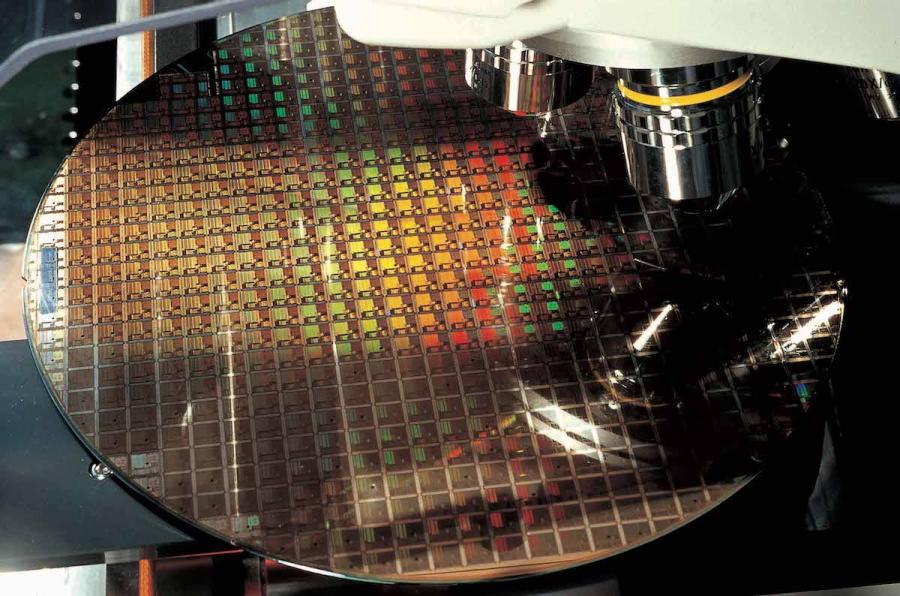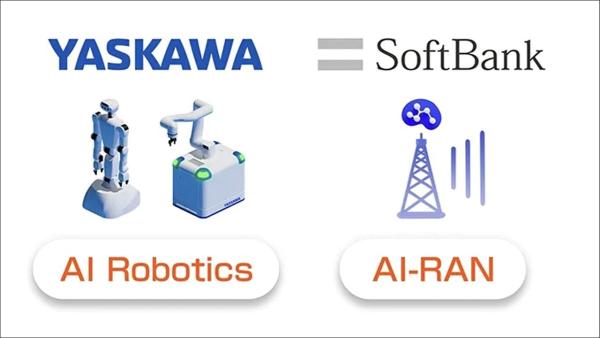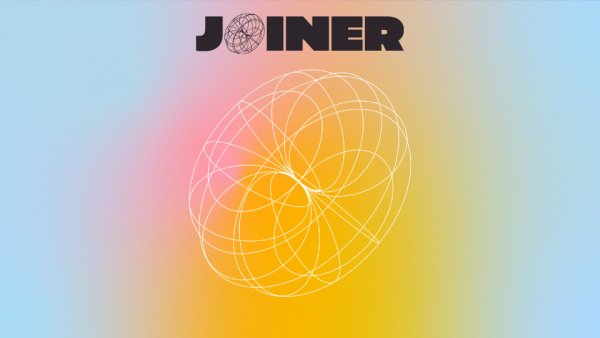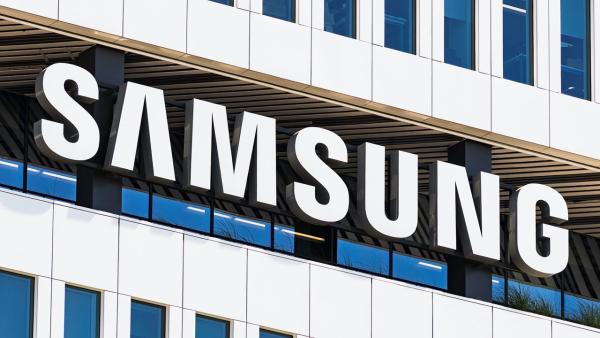Written by Iain Morris for LightReading.com

IMAGE: A silicon wafer used to make chips inside a fab owned by Taiwan's TSMC. (Source: TSMC)
In the world of the radio access network (RAN), Sweden's Ericsson and Finland's Nokia are usually found worshipping at the same altar, regularly meeting up in the temple of the 3GPP to coordinate rites. But on one point of observance – the silicon used in new virtual and open RAN technology – they seem poles apart. Arcane as it might seem to the layperson, the schism could determine their fortunes.
Most networks today rely on application-specific integrated circuits to process signals (baseband or Layer 1, in industry lingo). As the name implies, these are customised chips with tightly integrated hardware and software features. But telecom operators are pushing for networks to be more open and virtualised. This would allow them to separate the software from the hardware and run it on the same general-purpose processors (GPPs) used for other network functions and IT resources.
The problem is that GPPs cope poorly with the computationally intensive needs of Layer 1. To address that, equipment vendors have proposed the use of hardware accelerators, additional silicon to relieve the central processing unit of its RAN burden. Where Ericsson and Nokia diverge is on the nature of these accelerators.
Click here to read the original article.









